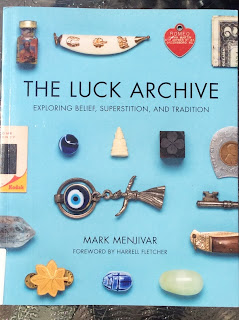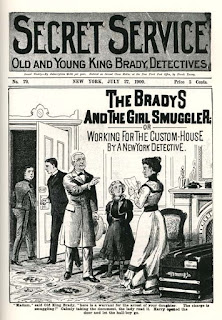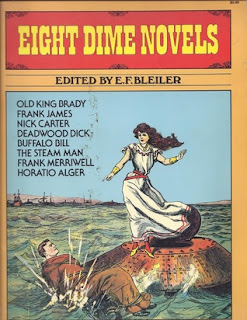N is for Noose (Grafton)
N is for Noose Sue Grafton (1998) After a couple of false starts going through some "between books" books, I returned to Sue Grafton , starting the second half of the alphabet. (I'd say the end is in sight, but, of course, the last two books have yet to be written.) As always, the action takes place a few months after the previous installment, so even though the book was published in 1998, the action takes place sometime in the 80s. Specific dates aren't mentioned, but you have to keep in mind the technology. Granted, even if it were 1998, Kinsey likely would not have had a cellphone (or even a Blackberry) and pay phones would still be around. The Internet, as we know it, would be in its infancy. But that doesn't exist here. The story opens in Nevada, for a change, as Kinsey Millhone is caring for her boyfriend, Robert Dietz, who is recovering from surgery. Once he's able to get around on his own, there isn't any need for Kinsey to play the dome







